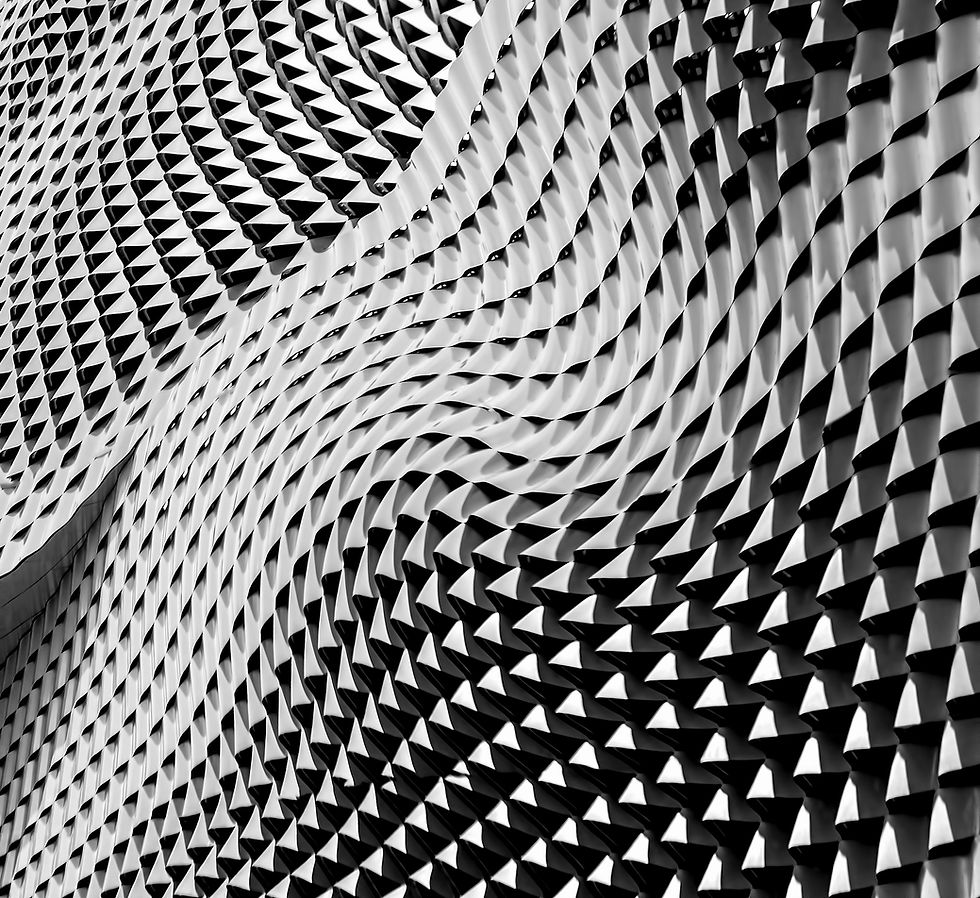Negative Pressure Wound Therapy
- Dr. Benjamin TATETE
- 2 juin 2018
- 2 min de lecture

Wound care is an important part of the healing process for ulcers. A range of methods and techniques, some complex and quite specialized, exists. Choosing for one of these methods and techniques is dependent on a decision tree based on scientifically established criteria. Not only should these treatments be applied with all the necessary rigor, but also must they be adapted and optimized in function of the patient, the diagnosis, the potential risks and the expected benefits leading to the complete cure. In short, only a professional approach to wound care can ensure healing while considering the comfort of the patient. The treatment of wounds by negative pressure is one of those advanced techniques that we want to implement for the benefit our patients. Thus, by introducing such treatment into the African basin, we continue to provide the patient with quality care, and take a pioneering role in this area. Investment Our organization has acquired the RENASYS negative pressure treatment system from Smith & Nephew. This equipment is a reference in this field. Generally, it can be used in wound care, both before and after surgery. It has also demonstrated its usefulness in several specific situations, particularly in skin grafting. We have also decided on specialized training for our nursing staff to enable the widest possible implementation of this type of equipment in the field. What is it about? Negative Pressure Treatment (NPT) accelerates wound healing while ensuring patient comfort. The device applies a depression below the surface of the wound, based on a system consisting of a dressing (foam or gauze), a drain inserted inside the dressing, and a transparent film. The whole is connected to a suction system. Autonomy of treatment outside hospital, i.e. at home, is possible. Indications The implementation of NPT will depend on a clinical assessment, taking into account the nature and condition of the wound. NPT is specifically indicated for certain types of wound, including some of those resulting from venous insufficiency ulcers as well as skin grafting. Its implementation allows: • The formation of granulation tissue • Decrease in bacterial load • Rebalancing the hydration rate • Improvement of the infusion.





Commentaires